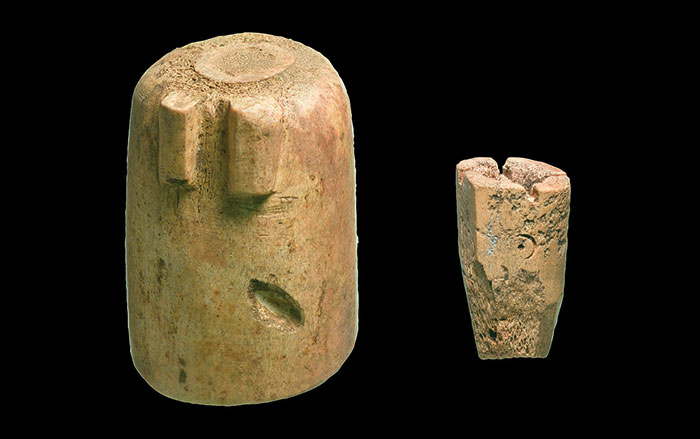AUSTIN, TEXAS—Chemical modifications, known as epigenetic marks, can be added to or removed from a person’s DNA in response to environmental factors such as diet, disease, and climate. These changes can influence which genes are turned on or off during a person’s life, shaping physical traits and health, and can even be passed on to offspring if the changes occur in sperm and egg DNA. Anthropologists from The University of Texas at Austin have shown that epigenetic marks on DNA can be detected in ancient human remains using techniques that are normally used to measure changes in modern DNA. They looked for an epigenetic mark known as cytosine methylation on the remains of 30 individuals who lived in five different places in North America between 230 to more than 4,500 years ago. They were able to identify methylation in 29 of the samples. “By studying methylation in ancient DNA from archaeological populations, not just isolated samples, we may gain insights into how past environments affected ancient societies. Future research in ancient epigenetics should open a new window into the lives and experiences of people who lived long ago,” anthropologist Deborah Bolnick explained in a press release. To read about the first people to reach the New World, see "America, in the Beginning."
Environmental Stresses Left Marks on Ancient Genes
News May 29, 2015
Recommended Articles

Top 10 Discoveries of 2025 January/February 2026
The First Indo-European Speakers
Eastern Ukraine and Southern Russia

Digs & Discoveries November/December 2025
The Egyptian Sequence


-
Features March/April 2015
The Vikings in Ireland
A surprising discovery in Dublin challenges long-held ideas about when the Scandinavian raiders arrived on the Emerald Isle

-
Letter From the Marshall Islands March/April 2015
Defuzing the Past
Unexploded ordnance from WWII is a risk for the people of the Marshall Islands—and a challenge for archaeologists

-
Artifacts March/April 2015
Antler Chess Pieces
 (Courtesy Andy Chapman/MOLA Northampton)
(Courtesy Andy Chapman/MOLA Northampton) -
Digs & Discoveries March/April 2015
Seismic Shift
 (Courtesy Sichuan Provincial Institute of Cultural Relics and Archaeology)
(Courtesy Sichuan Provincial Institute of Cultural Relics and Archaeology)


